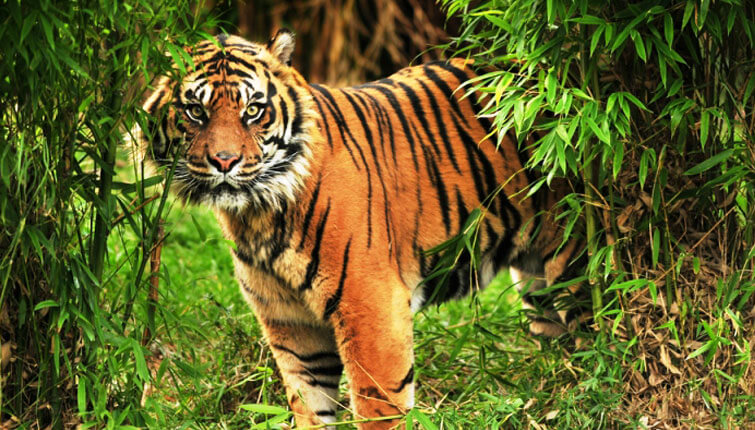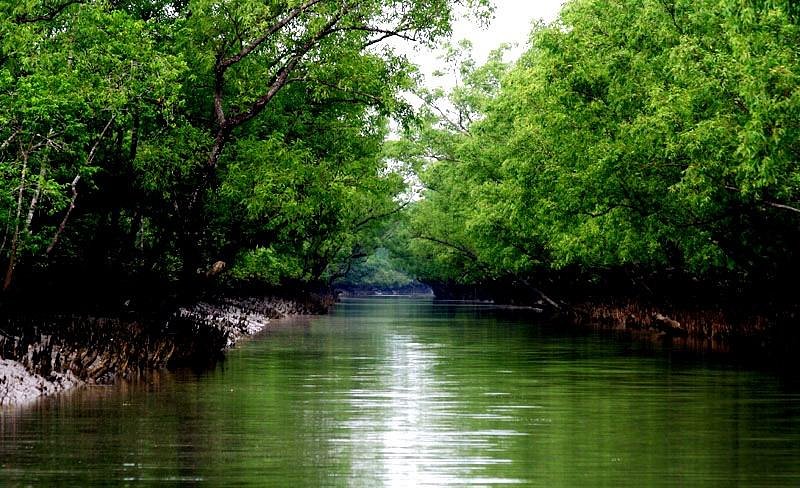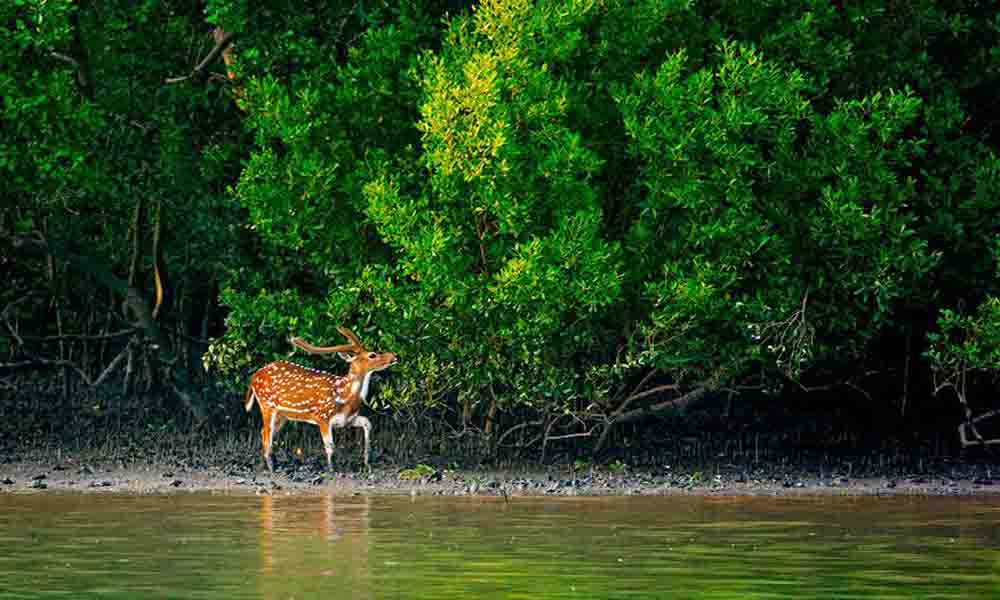About Sundarban: The Sundarban, a UNESCO World Heritage Site, is a magical expanse of mangroves, waterways, and unparalleled biodiversity. Stretching across parts of India and Bangladesh, this region is not just the world’s largest mangrove forest but also home to the iconic Royal Bengal Tiger, countless wildlife species, and vibrant communities. Its unique ecosystem and cultural heritage make the Sundarban a destination like no other. Let’s delve deeper into this topic “about Sundarban”.

In this blog, we’ll explore everything you need to know about the Sundarban—its history, geography, wildlife, and culture—and why it should be on your travel bucket list. Plus, find out how Royal Sundarban Tourism can turn your trip into an unforgettable adventure.
Also, you can Book the Sundarban Tour At Maity Tourism and Sundarban Leisure Tourism Powered By Argusdna, We can explore this further “about Sundarban”.
Where Is the Sundarban Located?
The Sundarban lies at the mouth of the Ganges, Brahmaputra, and Meghna rivers, forming a vast delta that spans 10,000 square kilometres. It covers the southern parts of West Bengal, India, and much of southwestern Bangladesh.

Key Highlights of Sundarbans Geography
- Largest Mangrove Forest: The Sundarban hosts a labyrinth of mangrove trees adapted to survive in tidal saltwater.
- Intricate Waterways: Rivers, estuaries, and creeks crisscross the landscape, making boat safaris the best way to explore the region.
- Coastal Shield: The Sundarban protects coastal areas from cyclones and rising sea levels, acting as a natural buffer. Feel free to share more details so we can discuss further “about Sundarban”.
Wildlife in the Sundarban
The Sundarban is a treasure trove of biodiversity, with its dense mangroves and vast waterways providing a sanctuary for numerous species.
1. The Royal Bengal Tiger
- Most Famous Resident: The Sundarban is home to the largest population of Royal Bengal Tigers, known for their unique adaptation to swimming and mangrove hunting.
- Elusive Predators: Spotting one in the wild is a thrilling and rare experience.

2. Aquatic Life
- Saltwater Crocodiles: These massive reptiles bask along riverbanks and lurk in the mangrove waters.
- Dolphins: Keep an eye out for the playful Gangetic dolphins and Irrawaddy dolphins.
3. Birdwatcher’s Paradise
Over 260 bird species inhabit the Sundarban, including:
- Migratory birds like Siberian cranes.
- Colorful species such as kingfishers and herons.
4. Other Notable Species
- Spotted deer
- Wild boars
- Fishing cats
- Monitor lizards
Flora of Sundarban
The Sundarban gets its name from the Sundari tree, the dominant mangrove species in the region. Other notable flora include:
- Gewa trees: Common in saline regions.
- Nipa palms: Found along riverbanks.
- Mangrove plants: Adapted to saltwater and tidal fluctuations.
These mangroves are essential for preventing soil erosion and supporting the region’s unique ecosystem.
Cultural Heritage of the Sundarban
Beyond its natural wonders, the Sundarban boasts a rich cultural heritage deeply rooted in local traditions and folklore. We could talk more about this “about Sundarban”.

1. Bonbibi: The Forest Deity
The people of Sundarban revere Bonbibi, the guardian deity of the forest, who is believed to protect them from dangers, including tiger attacks.
2. Traditional Livelihoods
The communities here rely on sustainable practices like:
- Fishing and Crab Farming: The rivers provide sustenance and livelihood.
- Honey Collection: Locals harvest wild honey, a practice passed down through generations.
3. Festivals and Folklore
Festivals like the Bonbibi Utsav bring the forest’s cultural connection to life, blending music, drama, and rituals.
Why Visit the Sundarban?
Visiting the Sundarban is more than just a trip; it’s a journey into one of the world’s most extraordinary ecosystems. We could talk more about this “about Sundarban”.
1. Explore Unique Landscapes
Navigate the Sundarban’s intricate waterways, dense mangroves, and remote islands for breathtaking views.
2. Witness Rare Wildlife
Spot the Royal Bengal Tiger, saltwater crocodiles, and exotic bird species in their natural habitat.
3. Immerse in Local Culture
Engage with the local communities and experience their sustainable way of life.
4. Adventure and Serenity
From thrilling boat safaris to peaceful sunrises over the delta, the Sundarban offers a perfect mix of excitement and tranquillity.
Why Choose Royal Sundarban Tourism?
To truly experience the magic of the Sundarban, you need a trusted guide. Royal Sundarban Tourism, a genuine and registered organization, ensures a seamless and memorable journey.
1. Expertly Curated Tours
From wildlife safaris to cultural experiences, Royal Sundarban Tourism crafts itineraries that showcase the best of the Sundarban.
2. Safe and Comfortable Travel
With experienced guides, secure boats, and well-maintained accommodations, your safety and comfort are always the top priorities.
3. All-Inclusive Packages
Their comprehensive packages include:
- Transportation to and from Kolkata.
- Guided boat safaris and nature walks.
- Comfortable eco-lodges and delicious local meals.
4. Easy Booking and Transparent Pricing
Contact Royal Sundarban Tourism for a hassle-free booking experience:
- Website: Royal Sundarban Tourism
- Phone: +91 7439965413 / +91 8584838109
- Payment Options: GPay and PhonePe at 9804049535
- Email: info@royalsundarbantourism.com
- Address: Village: Tiger More, Gosaba, Pakhiralay, District- 24 Parganas South, West Bengal 743370
Best Time to Visit the Sundarban
The Sundarban is best visited between November and February when the weather is cool and pleasant. These months also offer the best opportunities for wildlife spotting and birdwatching. Avoid the monsoon season (July to October), as heavy rains can limit accessibility.
Tips for Your Sundarban Trip
- Pack Wisely: Bring comfortable clothing, sunscreen, hats, insect repellent, and binoculars.
- Follow Eco-Friendly Practices: Avoid littering and respect the fragile ecosystem.
- Choose Guided Tours: Opt for experienced guides, like those at Royal Sundarban Tourism, for a safe and enriching experience.
Plan Your Sundarban Adventure Today! And Know About Sundarban
Whether you’re a wildlife enthusiast, a nature lover, or someone seeking tranquility, the Sundarban offers an experience like no other. Its unique blend of stunning landscapes, rare wildlife, and rich culture will leave you spellbound.
Book your Sundarban tour with Royal Sundarban Tourism and let their expertise guide you through this enchanting destination. Visit Royal Sundarban Tourism or call +91 7439965413 / +91 8584838109 to start planning your dream trip today!
